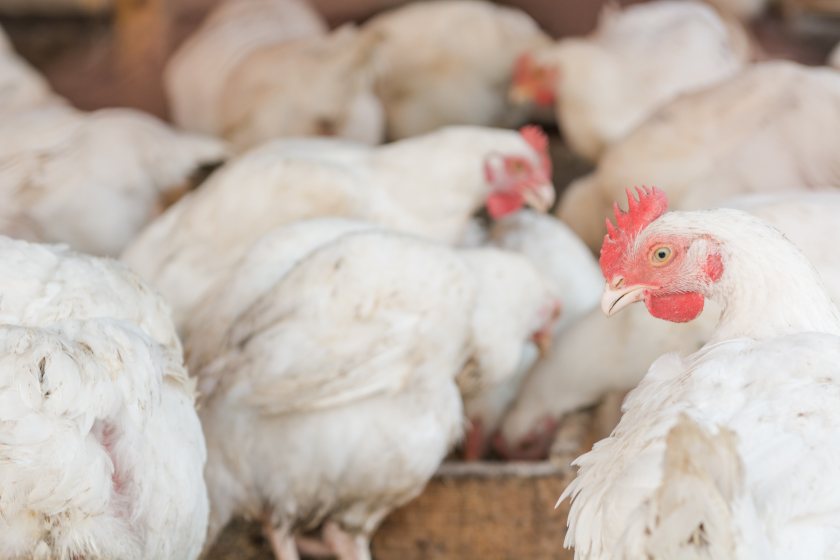
The outlook for global poultry markets is bullish, driven by accelerating consumption growth in many markets, Rabobank has said in a new report.
Global poultry markets are performing well due to lower production costs and solid demand recovery in most markets, according to multinational banking group.
After several years of slow growth, global poultry consumption is forecast to reach 2.5% to 3% in 2024, marking a return to historic levels.
Nan-Dirk Mulder, senior analyst at Rabo said: “Poultry’s strong price position against other proteins in most markets, along with strong retail demand, recovering foodservice demand, and rising sustainability strategies that support chicken demand are supporting rapid growth.”
Most poultry industries worldwide have remained relatively profitable, with rising prices in many cases, the report said.
However, the main exceptions are China and Japan, which continue to suffer from local oversupply.
Fast production growth, in combination with more challenging local economic conditions and lower consumer confidence, has led to oversupply, with relatively low prices and rising stocks.
This has also weighed on imports, with large year-on-year drops in raw chicken imports to China and Japan in the first half of 2024.
Nevertheless, overall trade is expected to stay robust in the second half of 2024. Most international markets are strong and balanced, increasing the demand for chicken imports.
Rabobank said the global trade is forecast to grow in line with rising global poultry demand but in the context of ongoing volatility.
The weakness in Chinese demand will pressure chicken feet prices, but breast meat and processed chicken prices are expected to remain firm, in line with strong market conditions in the main importing markets in Europe and Asia.
Consumption in advanced economies like Europe, the US, and Japan will keep growing in line with long-term trends and better affordability, the report explained.
Demand for more value-added products like processed chicken and concept poultry will recover further, returning to trend levels after a few slow years.
However, risks remain. The tensions in the Middle East, and the consequent rerouting of trade via South Africa, continue to weigh on trade between Asia and Europe due to the longer transport times and higher costs.
“For the outlook, the main wild cards will be animal diseases and geopolitical tensions. Both can suddenly impact global trade flows,” said Mr Mulder.
Indeed, the outbreak of Newcastle disease on a Rio Grande do Sul farm in Brazil resulted in an export embargo to several destinations.
Key importers like Japan, China, Saudi Arabia, and South Africa placed restrictions at the state basis, while others moved to a regional approach.
Although no new cases have been found, it has been a wake-up call for Brazil and major importing countries, Rabobank said.
Avian influenza remains a challenge for the industry, but on average, the pressure is slightly lower compared to last year.
This year, the EU had the lowest number of outbreaks since July 2019, and South Africa has remained free from outbreaks in commercial farming, with chicken production fully recovering, though egg production is still heavily impacted.
The report noted that US has been one of the exceptions, with ongoing outbreaks during summer months that have significantly impacted the egg industry. As winter advances in the Northern Hemisphere, risks will rise again.
“In a context with ongoing high risks, such as animal disease, feed price volatility, and geopolitical tension, supply growth discipline is important to keep operating under balanced market conditions,” concluded Mr Mulder.
“Otherwise, the current bullish market conditions could push producers to expand too optimistically, leading to oversupply like that seen in China and Japan.”
